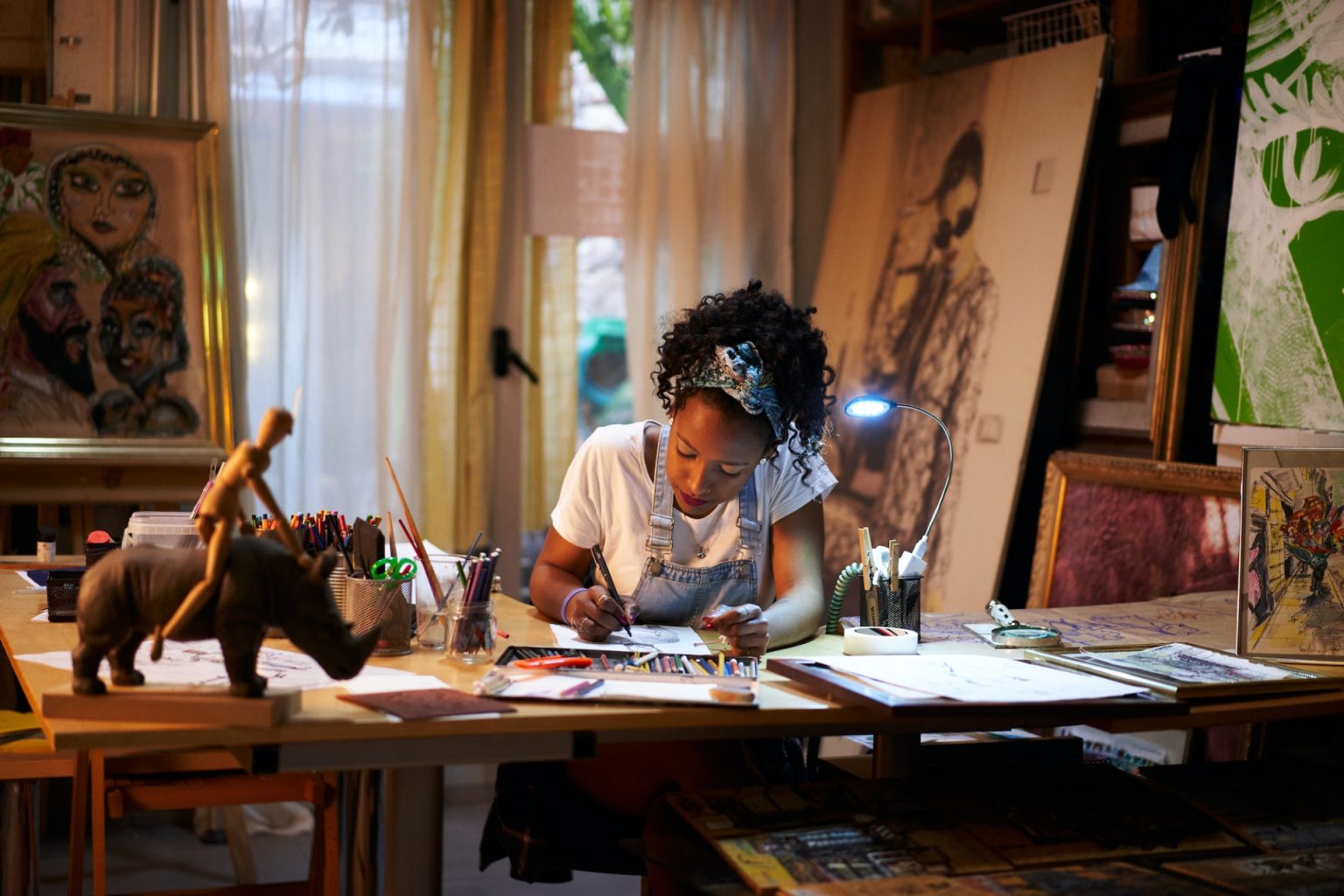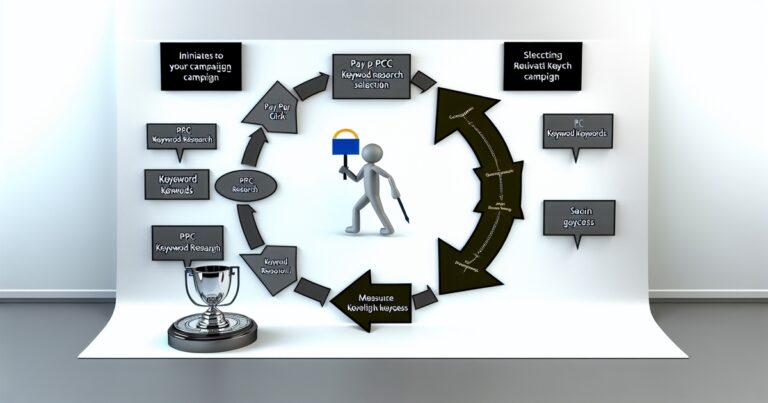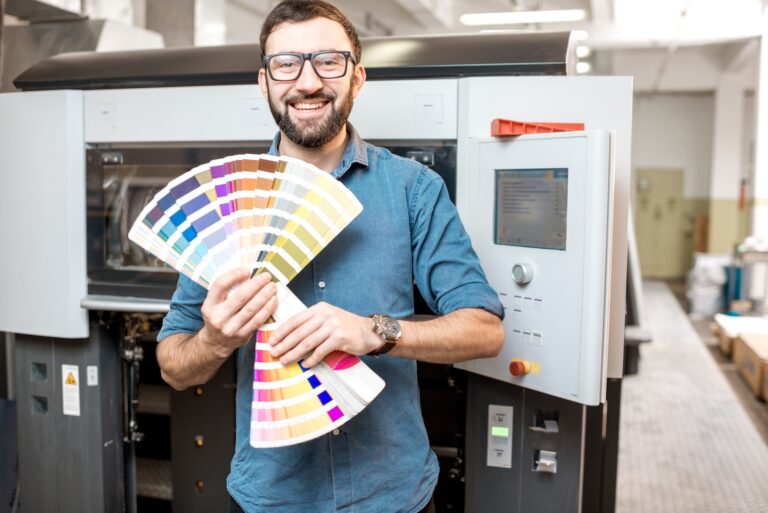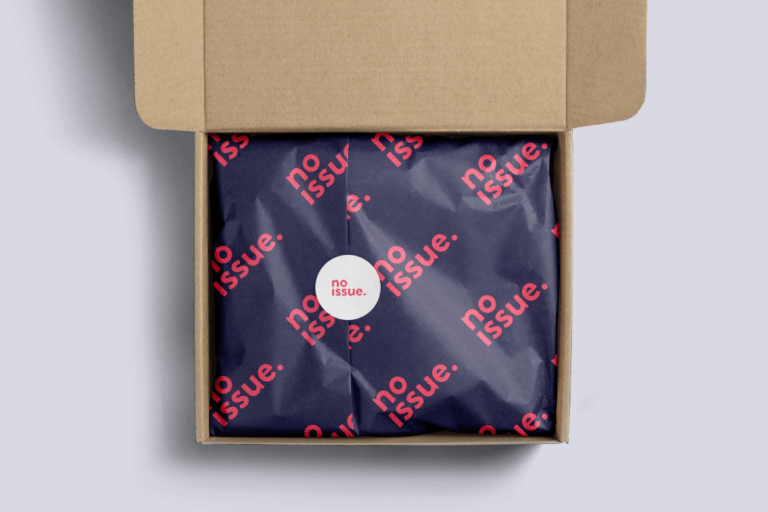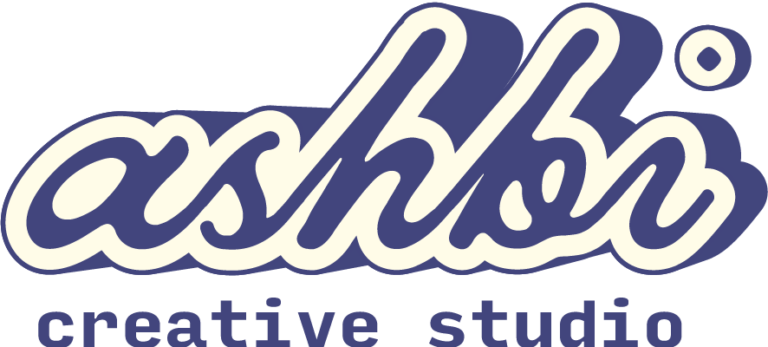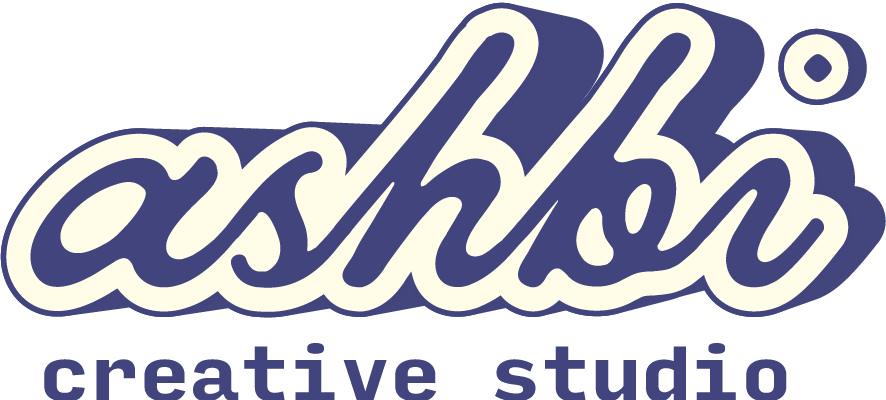The Power of Creative Inspiration
Creative inspiration is the driving force behind any artistic work. It’s what sparks new ideas and brings them to life in unique and innovative ways. Without it, we may feel stuck in a creative rut, struggling to develop new ideas or perspectives.
Finding inspiration is crucial for success, whether you’re a writer, artist, musician, or any other creative professional. At its core, creativity is all about exploration and experimentation.
By tapping into our imagination and exploring new ideas, we open ourselves to endless possibilities and potential breakthroughs. When we allow ourselves the chance to be inspired by the world around us — whether it’s nature, culture, art or anything else — we can unlock our full creative potential.
My Struggles with Finding Inspiration
As a writer, I know firsthand how challenging it can be when inspiration is elusive. There have been times when I’ve felt wholly blocked creatively — unable to come up with new ideas or find the motivation to write anything. In those moments of frustration and self-doubt, it’s easy to feel like giving up altogether.
But I’ve also learned that these struggles are a natural part of any creative journey. Through trial and error over the years, I’ve found ways to rekindle my inspiration time and again — whether through travel, reading books on different topics, or simply taking a break from writing altogether.
Purpose of This Article
The purpose of this article is twofold: first, to explore the importance of finding creative inspiration as a creator; second, to provide readers like you with practical strategies for unlocking your creativity whenever you need it most. By sharing insights from my experiences and research on creativity best practices from top thought leaders in various fields – including neuroscience, psychology, and philosophy – I aim to provide you with a comprehensive guide for finding inspiration in any circumstance. So, let’s dive in!
Understanding Creative Inspiration
Definition of Creative Inspiration
Creative inspiration is essential for anyone who wants to be creative. It is the spark that ignites your imagination and fuels your ability to be innovative.
Creative inspiration drives writers, artists, musicians, and even entrepreneurs to develop new ideas and solutions that move us forward. It’s the difference between making something ordinary and something extraordinary.
Creative inspiration is about finding a new way of looking at the familiar or challenging yourself to think outside of your comfort zone. It’s often difficult to define because it can take many forms, but ultimately it comes down to connecting with your creativity in a way that allows you to generate fresh ideas.
Different Types of Creative Inspiration
There are several types of creative inspiration: external sources, internal sources, and a combination of external and internal sources.
External Sources
External sources refer to anything outside of ourselves that inspires our creativity. This could be anything from nature, music, art museums or galleries we visit or even conversations with others. The common thread here is that these external inputs act as stimuli for our minds.
For example, walking through an art museum can expose you to different styles and techniques that could inspire you uniquely. Similarly, listening to music while working might help you focus better on tasks while providing fresh ideas.
Internal Sources
Internal sources refer singularly to one’s feelings and thoughts as inspirations, essentially based on self-reflection, leading to artistic creation or problem-solving. Internal sources usually stem from personal experiences such as memories or emotions triggered by past events in one’s life (death of loved ones, divorce etc.).
This type of inspiration involves listening inward rather than outwardly and letting go when necessary- letting go of negative thoughts, past experiences, and pain- to create a pure and authentic product. Sometimes interior inspiration may involve meditation or sitting quietly in a place without distractions.
Combination of both sources
Creative inspiration can come from both external and internal sources. In this approach, one collects ideas from external stimuli and combines them with their style. This can lead to unique creations that are relatable but also fresh.
Combining external and internal inspirations is an effective way to find creative flows not solely based on personal experiences or other people’s works. It helps open up new channels of thought and leads to the creation of original pieces.
Common Obstacles to Finding Creative Inspiration
As much as we want to be creative and inspired constantly, certain obstacles can get in the way. This section will explore some of the most common obstacles to finding creative inspiration.
Fear and self-doubt
Fear and self-doubt are the biggest obstacles preventing us from finding creative inspiration. When we are afraid or doubtful, we tend to second-guess ourselves and our ideas.
We may even avoid taking risks or trying new things altogether, which can stifle our creativity. To overcome fear and self-doubt, it’s essential to recognize them for their natural reactions to uncertainty and vulnerability.
Instead of letting them control us, we can acknowledge these feelings and use them to push ourselves further outside our comfort zones. We can also seek support from others who have experienced similar fears and doubts.
Burnout and exhaustion
Another obstacle that can get in the way of creative inspiration is burnout and exhaustion. When we’re overworked or stressed out, it’s difficult for our brains to generate new ideas or see things from a fresh perspective.
To prevent burnout and exhaustion, it’s important to prioritize rest in our lives. This might mean taking breaks throughout the day, going on vacation when possible, or simply permitting ourselves to unwind after a long work day.
Lack of time or resources
The third obstacle hindering our ability to find creative inspiration is a lack of time or resources. When we’re busy with other commitments or don’t have access to the tools we need, it’s hard for us to focus on generating new ideas. We can carve out dedicated time for creative pursuits to overcome this obstacle, even if it’s just a few minutes a day.
We can also get creative with our resources and find ways to make them work for us. Ultimately, recognizing these common obstacles and taking steps to overcome them can increase our chances of finding creative inspiration when we need it most.
Engaging in New Experiences
The Benefits of Trying Something New
One of the most effective ways to find creative inspiration is to try something new. Engaging in a new experience can stimulate your mind, spark curiosity, and help you see the world differently. Whether trying a new hobby, exploring a new part of town, or simply experimenting with a new routine, stepping out of your comfort zone can be incredibly rewarding.
The Power of Traveling to New Places
Travelling to new places is another powerful way to find creative inspiration. Experiencing different cultures and environments can broaden your horizons and inspire you unexpectedly.
Exposing yourself to new sights, sounds, smells, and tastes opens you to creative possibilities. Whether it’s taking a trip abroad or exploring your backyard, try to seek out new experiences whenever possible.
The Value of Meeting New People
Meeting new people is yet another way to find creative inspiration. By engaging with others with different perspectives and life experiences, you can gain fresh insights into the world around you. Networking with other creatives in your field or attending social events can be especially valuable for finding inspiration and building meaningful connections.
Seeking Out Different Perspectives
The Importance of Reading Books, Articles, and Blogs
One way to gain different perspectives is by reading books or articles that challenge your thinking or introduce you to ideas outside your comfort zone. This could include anything from non-fiction books about history or science to novels about fictional worlds or quirky characters. Reading blogs focused on creativity and innovation can expose you to cutting-edge ideas that may inspire your work.
The Benefits of Attending Conferences or Workshops
Another way to gain different perspectives is attending conferences or workshops related to your field or interests. These events often feature keynote speeches and presentations from experts in a particular area, allowing you to learn from top thinkers and innovators. Additionally, attending workshops can help you develop new skills and techniques to apply to your creative work.
The Power of Collaborating with Others
Working with others can also be a powerful way to find creative inspiration. Collaborating with other creatives in your field or even those outside of it can help you gain new insights and perspectives on your work. Whether working on a project together or simply bouncing ideas off one another, collaboration can be a valuable tool for sparking creativity and generating new ideas.
Embracing Solitude and Mindfulness
The Benefits of Meditation and Yoga
In addition to seeking out external sources of inspiration, looking inward for creative inspiration is essential. Practicing meditation or yoga regularly calms your mind, reduces stress and improves focus – all beneficial qualities to tap into your creativity. By slowing down and tuning out distractions, you may find that new ideas come more easily.
The Value of Journaling or Free Writing
Another way to embrace solitude is by journaling or free writing regularly. Putting pen to paper without any particular goal in mind gives you the freedom to explore different thoughts and ideas without judgment or pressure. This practice can help you tap into your subconscious, where many creative insights originate.
Taking a Break from Technology
Taking a break from technology is another way to embrace solitude and mindfulness. While technology has many benefits for creativity – such as allowing us access to information quickly – it can also be a significant distraction.
By disconnecting from screens and devices, you create space for your mind to wander and for creativity to flow naturally. Whether taking a walk outside or simply sitting in silence, try to unplug regularly.
Conclusion
After exploring the various strategies for finding creative inspiration, it is clear that there are many ways to approach this common struggle. It is important to remember that creative inspiration can come from a wide range of external and internal sources and may vary depending on the individual. By being open to new experiences, seeking out diverse perspectives, and embracing mindfulness practices, anyone can tap into their creativity and find inspiration in unexpected places.
The Power of Trying Something New
Engaging in new experiences can be a powerful way to tap into creative inspiration. Whether trying a new hobby or exploring an unfamiliar part of town, stepping outside one’s comfort zone can spark fresh ideas and generate excitement about life.
When we try something new, we challenge our assumptions about what is possible and open ourselves up to the unknown. This type of curiosity is essential for cultivating creativity.
Diverse Perspectives Lead to Creative Breakthroughs
Seeking out diverse perspectives is another strategy for finding creative inspiration. Reading books, attending conferences or workshops, and collaborating can all provide learning opportunities for those with different backgrounds and experiences. By exposing ourselves to different ideas and ways of thinking, we expand our perspective and are more likely to generate novel solutions or artistic expressions.
Mindfulness Practices Foster Creativity
, embracing solitude through mindfulness practices like meditation, yoga, or journaling provides an opportunity for quiet reflection and frees up mental bandwidth for creativity. When we slow down our minds by engaging in these activities, we create space for our subconscious mind’s latent creativity, often leading to breakthrough insights.
Finding creative inspiration may sometimes seem complicated, but it is certainly achievable. By actively pursuing opportunities for self-growth through novel engagement, collaboration with others, and fostering mindfulness, you will cultivate your creative faculties and grow in ways you never thought possible.

